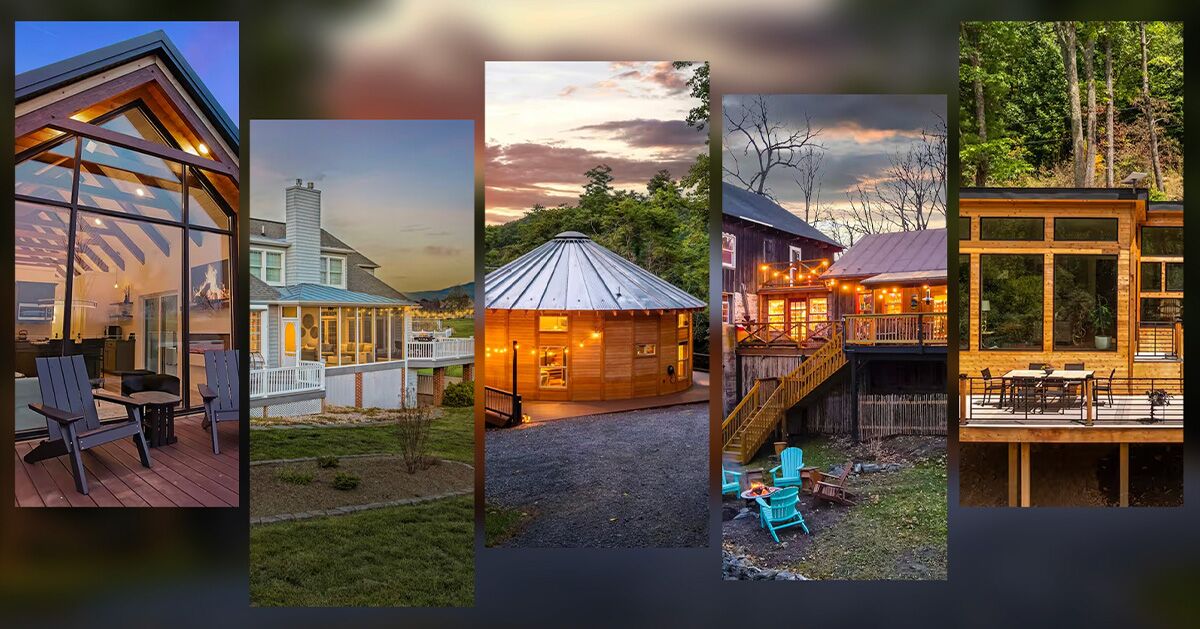These Organized Trips Blend Reforesting Efforts With Experiential Travel
These reforesting tours prove you can have fun and make a difference at the same time.
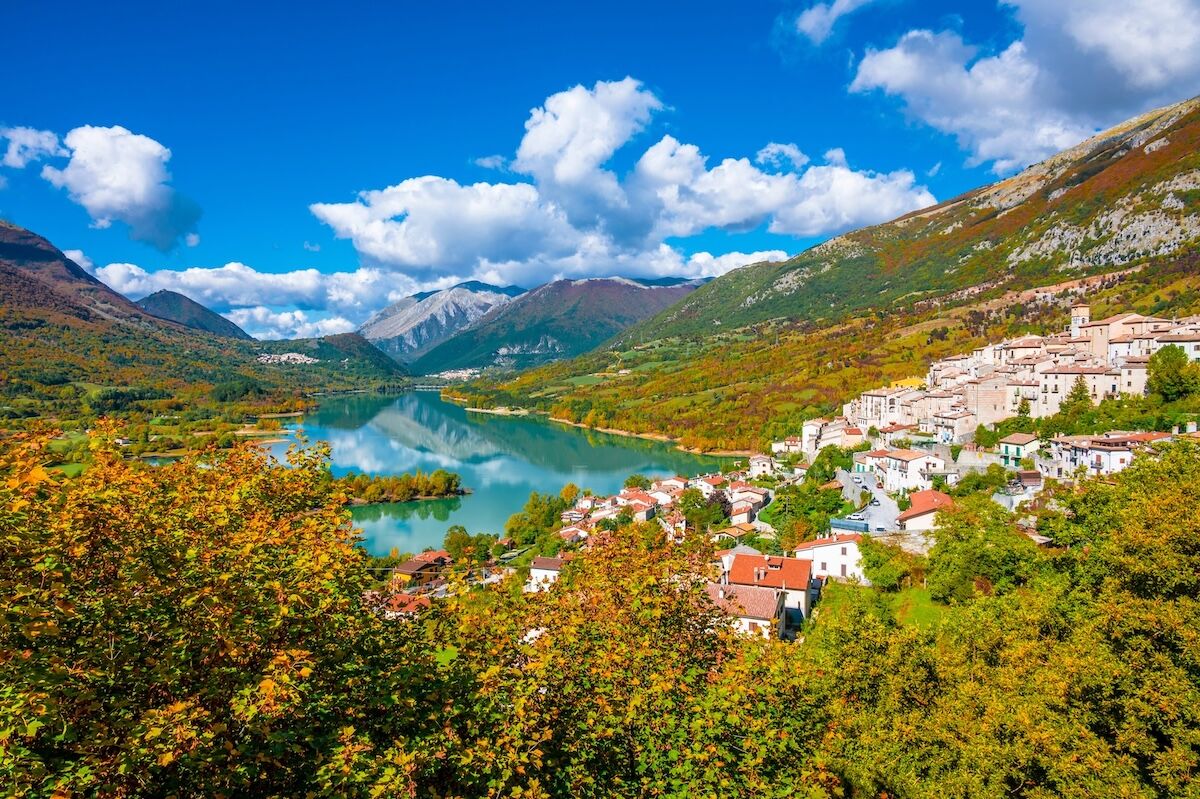
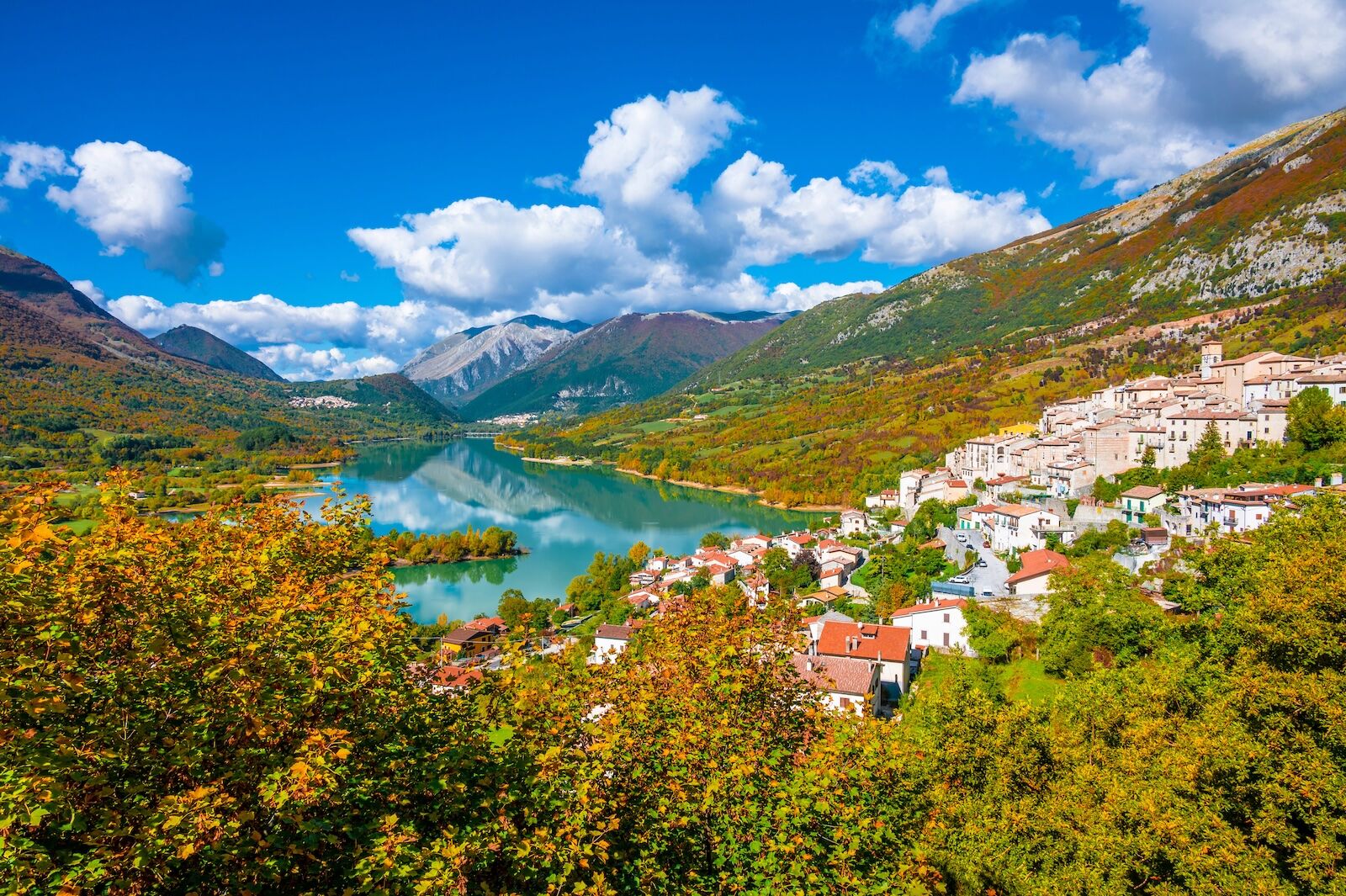
Traveling to do good in the world is a virtuous, and increasingly popular, endeavor. One of the most impactful ways to travel for good is to support “rewilding” efforts, a conservation approach aimed at restoring natural ecosystems by allowing native species – plant and animal – and ecological processes to thrive with minimal human intervention. It often involves reintroducing keystone species, reducing human impact, and promoting natural habitat regeneration to enhance biodiversity and ecosystem resilience.
“(One) critical need is securing and connecting large areas of land to allow wildlife to move freely and ecosystems to function naturally,” says Laurien Holtjer, Director of Engagement and Public Relations at Rewilding Europe. “Fragmentation remains a major challenge, and rewilding provides a scalable solution by expanding and linking natural habitats.”
International tourism is increasingly supporting rewilding by raising awareness and funding through nature-based travel experiences, often led by tour operators whose primary trip focus is conservation. Many tourism companies partner directly with conservation organizations, channeling a portion of their profits into rewilding projects and involving travelers in hands-on activities like tree planting and wildlife monitoring.
“People visiting our rewilding landscapes in a sustainable way help to foster nature-based economies that benefit both people and nature,” Holtjer says. “Our local teams collaborate with entrepreneurs to support responsible tourism initiatives. This strengthens the link between thriving natural areas and economic opportunities, creating a business case for the wild.”
Across the world from the Amazon to the Southeast Asia, you can make rewilding a part of your travels this year. These tour operators will put you right into the action.
Wilderness Scotland – group and individual tours
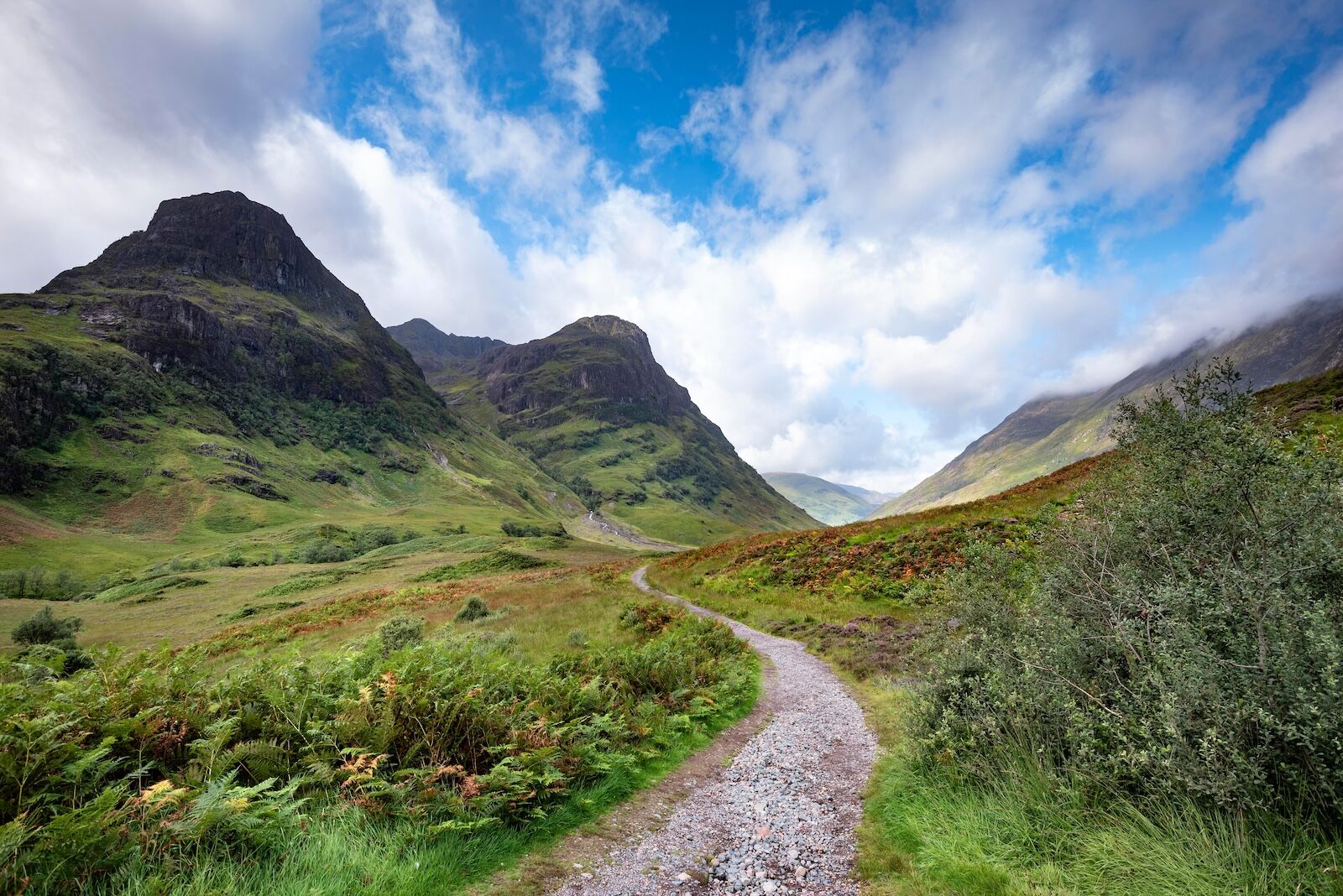
Photo: imageBROKER.com /Shutterstock
- Where: Scotland
- 2025 trip dates: Multiple trips monthly, or choose your own dates
- Price: $1,000+
Scotland is a rewilding leader among European destinations. Here, initiatives include establishing a native tree nursery for rare species like aspen, involving travelers and local volunteers in conservation activities around Loch Ness and elsewhere, and successfully reintroducing wildlife including golden eagles. Additionally, the Dundreggan Rewilding Centre, opened in 2023, educates visitors about rewilding and Gaelic culture, fostering community engagement and awareness.
Wilderness Scotland has partnered with Scotland – The Big Picture to support its wild riverbank conservation efforts across the country. The company offers both group and individual, self-led tours to see the country’s famed sights and recreate outdoors on foot, bike, or kayak. A portion of proceeds go to the conservation efforts.
“Not that long ago, wild forests, free-flowing rivers and rich wetlands stretched across much of Scotland, supporting a complex and diverse ecosystem,” says Paul Easto, co-founder of Wilderness Scotland and Chief Sustainability Officer for the Active Travel Group. “Today, Scotland’s land is emptier and poorer and its wildlife diminished. Urgent action is needed to not only recognise what has been lost but also to imagine what might be possible. With the right vision and investment, the opportunity exists to redress the balance and create a nature-rich nation which is good for both people and planet.”
Contiki and Brendan Vacations’ Scotland tours
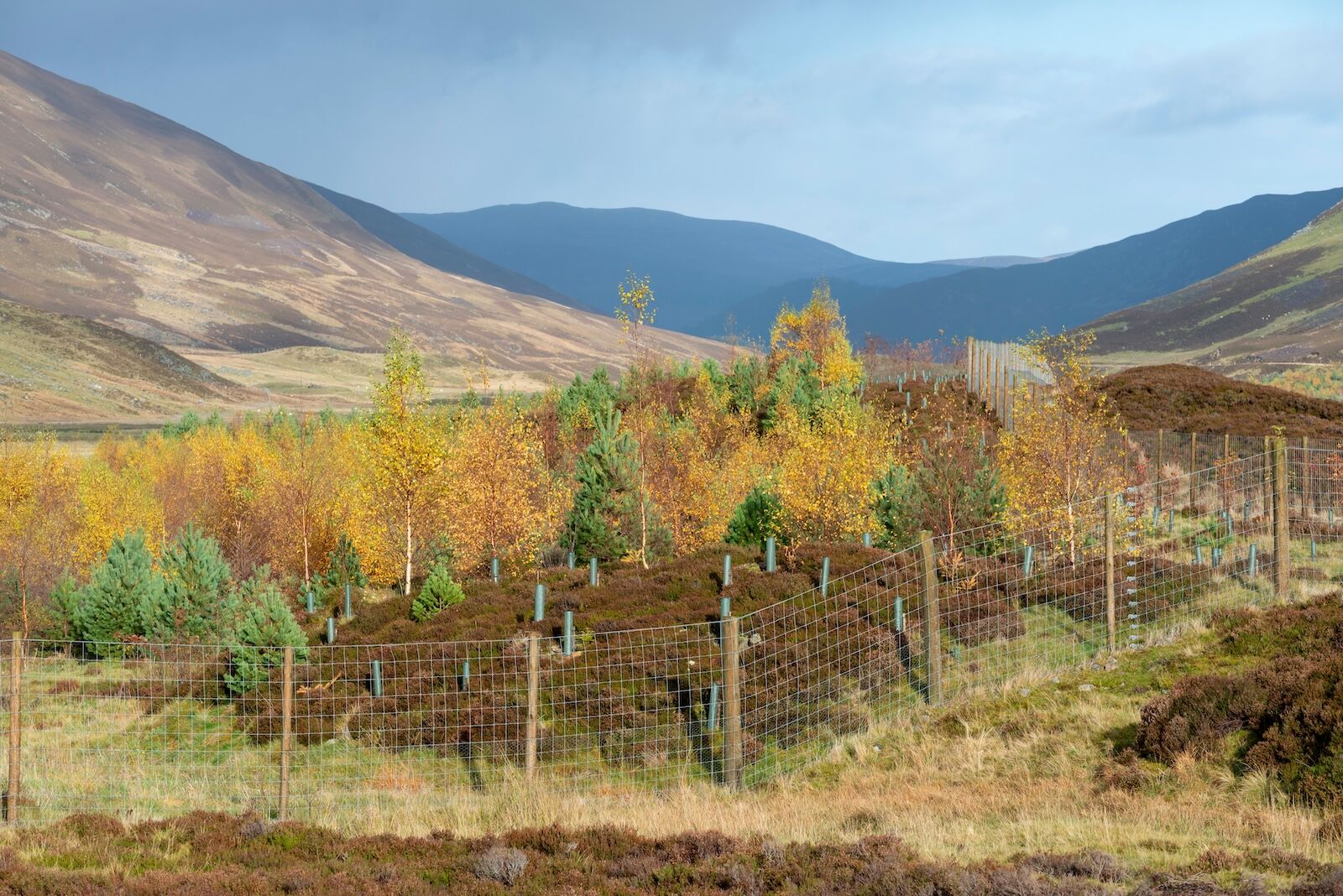
Photo: Heather Gunn /Shutterstock
- Where: Dundreggan, Scotland
- 2025 trip dates: Multiple trips monthly
- Price: From $999
Dundreggan, a 10,000-acre estate in Glenmoriston near Scotland’s famed Loch Ness, has been the focus of extensive rewilding efforts by the charity Trees for Life since its acquisition in 2008. Historically degraded by centuries of overgrazing and deforestation, the estate required significant restoration to revive its native ecosystems. Key challenges included regenerating the ancient Caledonian Forest, promoting biodiversity, and reintroducing native species that had dwindled due to habitat loss.
By traveling on Contiki’s Scotland in a Week tour or Brendan Vacations’ Scenic Scotland tour, travelers can participate in conservation group Trees for Life’s efforts focusing on restoring the ancient Caledonian Forest, promoting biodiversity, and reintroducing native species.
“One of the most urgent conservation needs in Scotland is the restoration of the ancient Caledonian Forest, which has largely disappeared due to human activity and grazing animals preventing new trees from taking root,” says Melissa DaSilva, interim CEO of Brendan Vacations and Contiki. “Trees for Life, one of our proud TreadRight partners, is addressing this challenge at Dundreggan Rewilding Center. Since 2008, they’ve planted over 280,000 trees and reduced deer populations to allow the forest to regenerate naturally. Their on-site nursery produces around 100,000 trees annually from locally sourced seeds, playing a key role in restoring this vital landscape.”
Dundreggan and the rewilding center there are a testament to the power of regenerative tourism — both naturally and economically.
“When travelers visit Dundreggan, they’re not just observing rewilding — they’re actively contributing to it,” DaSilva says. “On this 10,000-acre estate, travelers can explore its wild beauty, discover over 4,000 species of plants and animals, and immerse themselves in centuries of Gaelic history while witnessing the land’s incredible transformation. Through tours with Contiki and Brendan Vacations, visitors directly support Trees for Life’s work, from replanting the Caledonian Forest to reintroducing native species like the Scottish red squirrel. Along the way, they gain a deeper understanding of how rewilding can revitalize local communities, creating jobs and sustaining livelihoods. It’s a powerful reminder that restoring nature and empowering people go hand in hand.”
Andean Trails – throughout South America and the Amazon
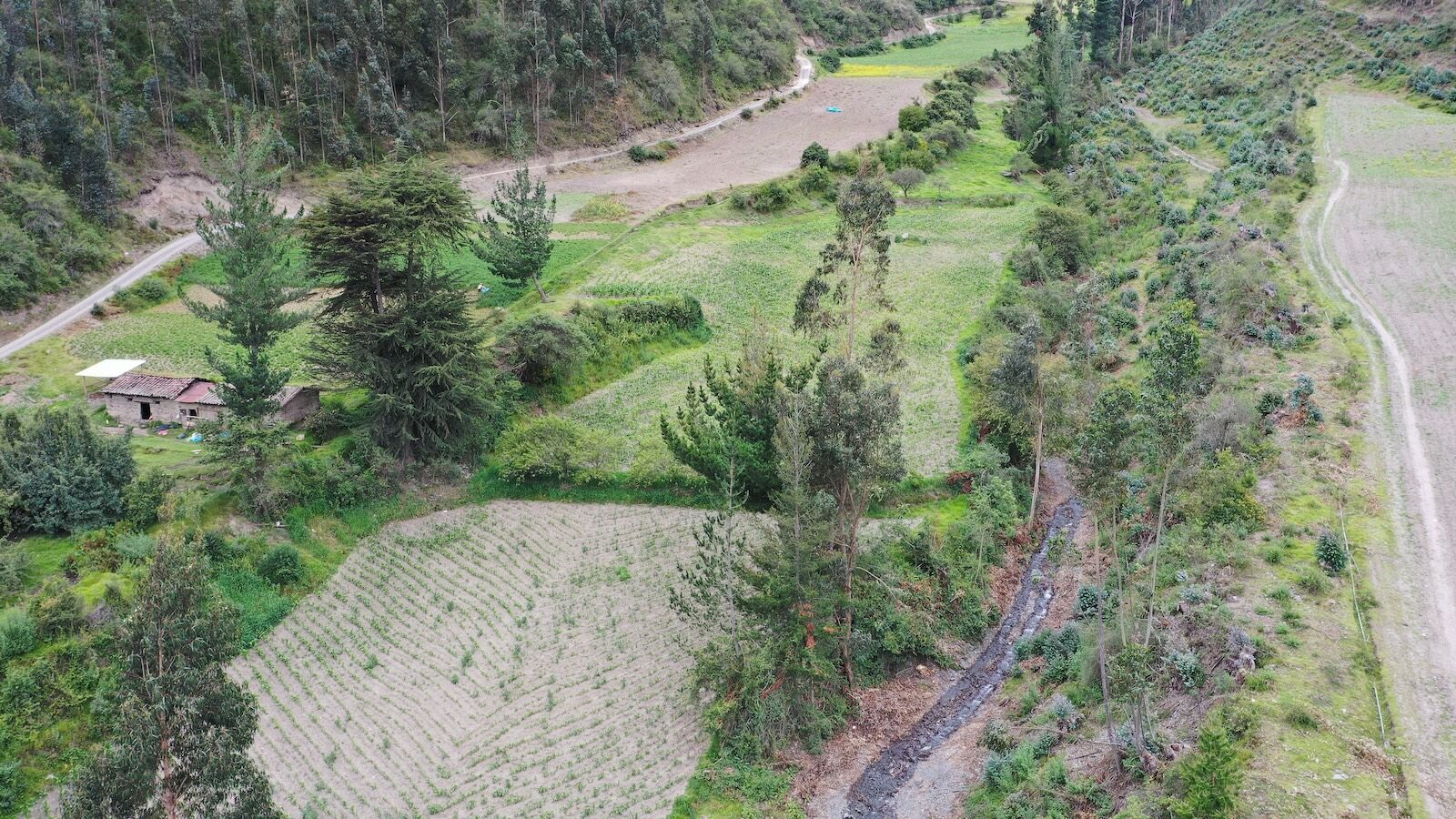
Photo: Walter Wayquitay /Shutterstock
- Where: Peru, Ecuador, Bolivia, Chile, Argentina, Colombia, Guyana, Paraguay, Uruguay, Brazil, Antarctica, and Namibia.
- 2025 trip dates: Multiple trips monthly
- Price: $1,000+
In the Andes, reforestation and rewilding needs often stem from forest fires.
“There are progressively bigger and more fires each year,” says Kathy Jarvis, founder of Andean Trails, a tour operator which leads conservation-focused treks and adventures throughout the region.
The company has partnered with Accion Andina to support tree planting efforts in the high Andes as well as Rainforest Concern, which works to protect rainforests in Ecuador. Both illegal and legal mining are an issue in the Andes as well, Jarvis notes, with even the legal operations often falling victim to corruption.
“We are looking into a local NGO in Chile to support, after increasingly bad forest fires there,” Jarvis says.
Traveling with the country ensures that some of your trip dollars will go towards these efforts to rewild the Andes and the Amazon. One of the standout experiences is the El Monte Sustainable Lodge in Ecuador’s cloud forest. This eco-lodge, constructed with local materials, emphasizes environmental conservation and community involvement. Guests can explore the lush cloud forest, encountering diverse plant and animal species, while learning about sustainable living practices directly from the local community.
Another remarkable offering is the Napo Wildlife Centre Eco-Lodge, located in the heart of the Amazon rainforest. This lodge is deeply committed to conservation, providing guided tours led by native experts who share insights into the region’s wildlife, including monkeys, lizards, and tortoises. Additionally, the Guyana Nature Experience takes visitors to eco-lodges and Amerindian villages, where they engage in wildlife observation and participate in conservation activities, such as monitoring giant river otters and contributing to caiman research projects.
Exodus Adventure Travels’ Walks and Wildlife in the Italian Apennines
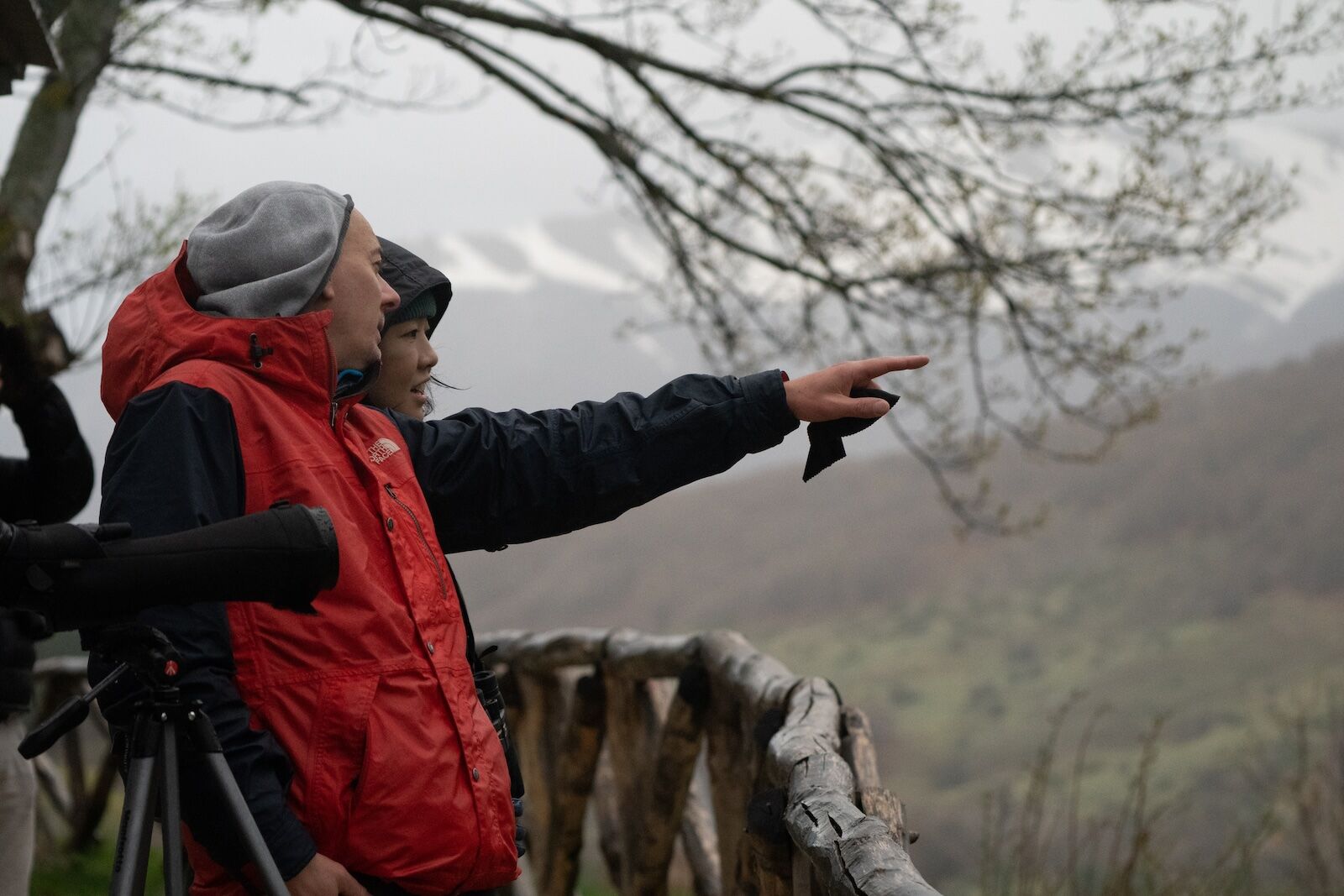
Photo: Gwilym C Pugh
- Where: Italy’s Abruzzo mountains
- 2025 trip dates: May 18 to 23, September 21 to 26
- Price: $2,550
The Italian Apennines is a biodiversity hotspot home to the endangered Marsican brown bear. The region faces critical conservation challenges, including habitat fragmentation, human-wildlife conflict, and ecosystem degradation caused by deforestation, farming, and industrialization. Additionally, rural land abandonment disrupts natural processes like forest regeneration and the free flow of rivers, posing further environmental threats. Addressing these issues is vital for protecting wildlife, restoring ecosystems, and combating climate change.
Travelers with Exodus Adventure Travels’ Walks and Wildlife in the Italian Apennines tour have a chance to play a direct role in those needed conservation efforts. The company, a Certified B Corp., commits to rewilding 100 square meters (1,076 square feet) of land for each traveler. This is done through a larger initiative to rewild 5,000 hectares of the Apennines over five years, creating nature corridors for safe wildlife passage, and removing barbed wire fences to reduce animal injuries. To foster coexistence with the Marsican brown bear, Exodus also is developing “bear smart communities” by planting orchards that divert bears from human areas.
“Addressing these issues is essential for protecting wildlife, restoring ecosystems, and combating climate change,” Exodus told Matador in an emailed statement. “Additionally, the Italian Apennines: Walks & Wildlife tour offers travelers an opportunity to experience these conservation efforts firsthand while supporting local economies and wildlife restoration. All profits from this trip contribute directly to Rewilding Apennines’ work.”
Through the Nature and Carbon Corridors project, the company is partnered with the conservation group Rewilding Apennines, directing all profits to the efforts.
Wild Women Expeditions’ Northern Cambodia Explorer and Bali Explorer
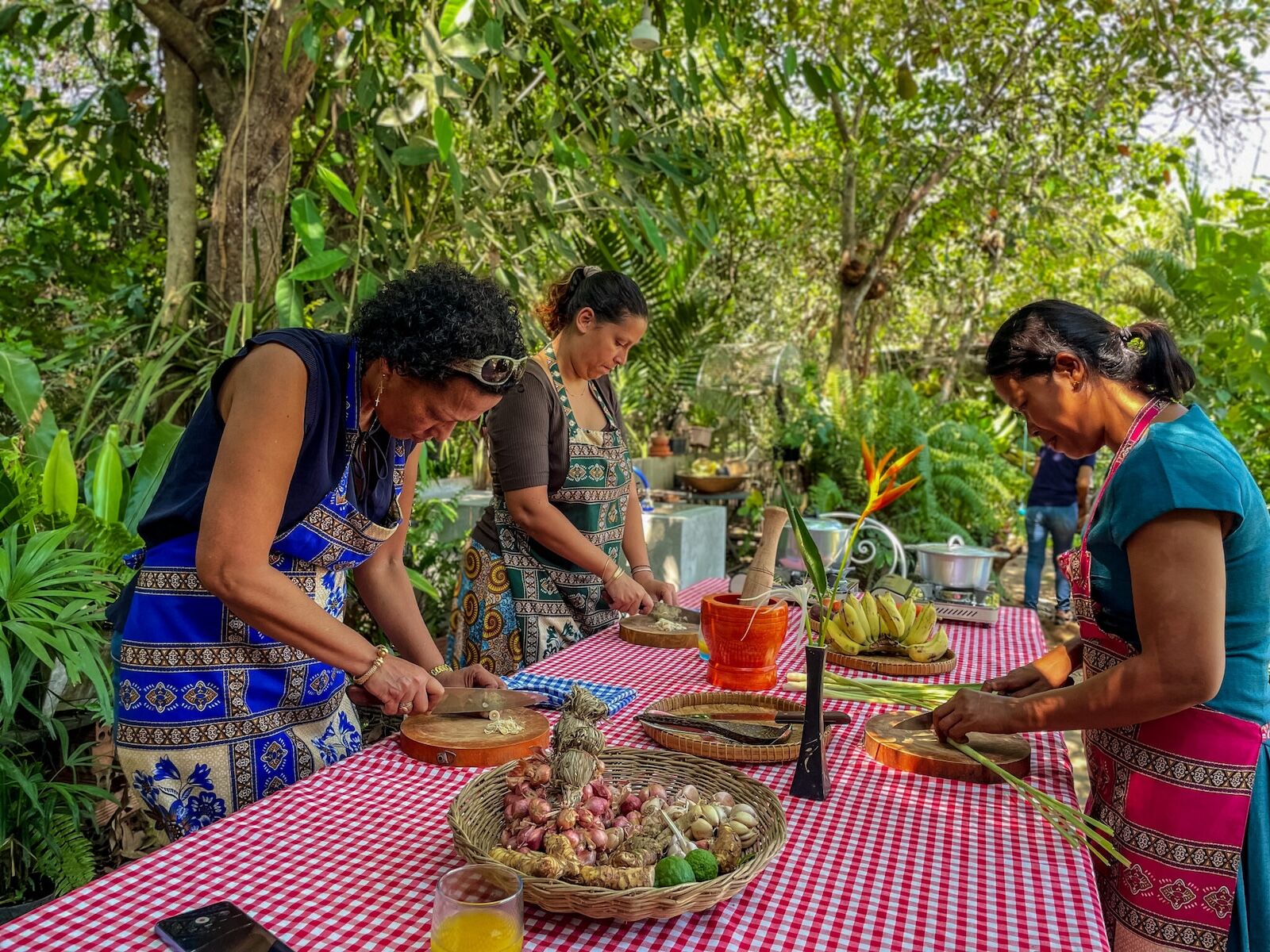
Photo courtesy Wild Women Expeditions
- Where: Cambodia and Bali, Indonesia
- 2025 trip dates: Cambodia: Apr. 10 to 16, Nov. 15 to 21, Dec. 6t 12, 2025, Bali:multiple trips monthly in June, August, September, and October
- Price: Cambodia: $2,595 per person, Bali: $3,995 per person
Wild Women Expeditions, founded in 1991 to empower women to embark on bold, impactful adventures around the globe, builds its group trips around the mantra of making a meaningful impact in the places they visit. The company does this by supporting conservation initiatives in the destinations it visits, both through the itineraries travelers participate in and through a portion of the revenue from each traveler’s trip costs being directed toward preserving the environment and contributing to local conservation efforts. Its Northern Cambodia Explorer and Bali Explorer trips directly benefit reforesting efforts.
“In Cambodia, our conservation work includes visits to the Endangered Species Centre, where we learn about efforts to protect the region’s vulnerable wildlife,” says Candice Bartlett, Head of Brand Growth at Wild Women Expeditions. “We also explore Kulen Mountain, a stunning national park that is home to vital conservation projects. Through these immersive experiences, our guests gain a deeper understanding of the importance of conservation and how their visit directly supports these essential efforts.”
The trip visits Tonle Sap Lake, the largest freshwater lake in Southeast Asia, including the floating village of Prek Toal and the Tonle Sap Biosphere Reserve. Residents of the floating village lead a subsistence lifestyle of fishing and travelers on the trip have the chance to support both their efforts and those of the Biosphere Reserve.
The Bali Explorer trip is focused on coral reef restoration and mangrove tree planting. For each guest on the trip, Wild Women Expeditions donates $10 to the Coral Reef Foundation and another $10 to reforestation efforts in the West Bali National Park.
“Our coral reef restoration project begins at the lagoon in Candidasa, where an expatriate marine biologist introduces us to their coral farm,” Bartlett says. “This farm produces corals for both the aquarium industry and reef restoration projects.”
Much of the Bali trip is hands on, Bartlett explains.
“In the late afternoon, we meet at Plataran Menjangan’s restaurant for a briefing on the endemic tree planting project within the nearby national park,” Bartlett says, noting that each participant will plant a mangrove tree in the park to directly stimulate its preservation. ![]()




![Free Beta Weekend Available Now for ‘Stygian: Outer Gods’; New Gameplay Trailer Released [Watch]](https://i0.wp.com/bloody-disgusting.com/wp-content/uploads/2025/04/stygian.jpg?fit=900%2C580&ssl=1)












































![Extended Superman Clip Shown To Audiences At CinemaCon [UPDATE: Now Here]](https://lrmonline.com/wp-content/uploads/2024/12/Superman-Trailer-2-1024x832.png)




































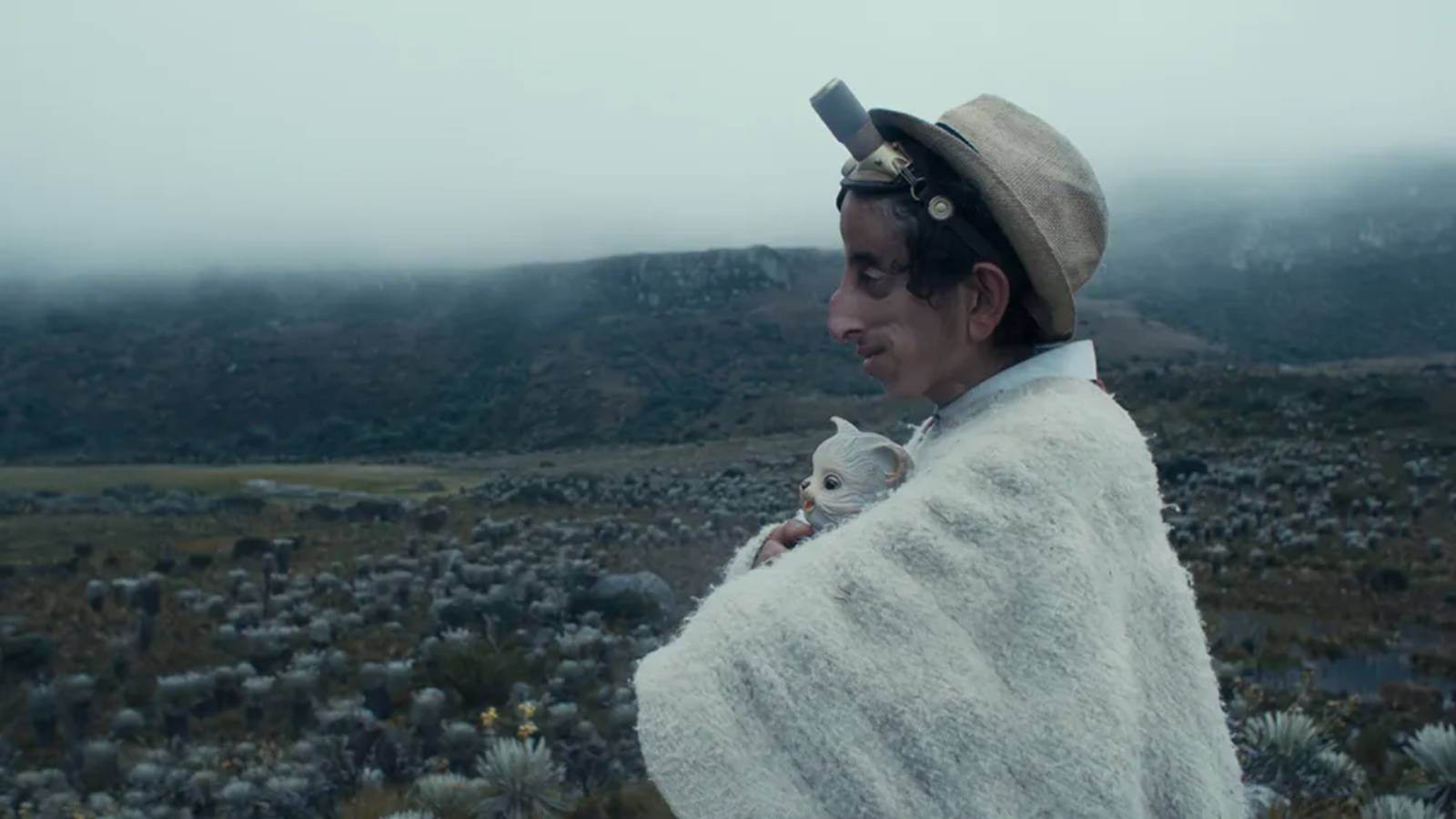






![‘Fantastic Four: The First Steps,’ ‘Thunderbolts,’ ‘Tron: Aries,’ Top Walt Disney Studios Previews [CinemaCon]](https://cdn.theplaylist.net/wp-content/uploads/2025/04/03215859/FantasticFourSS.jpg)
























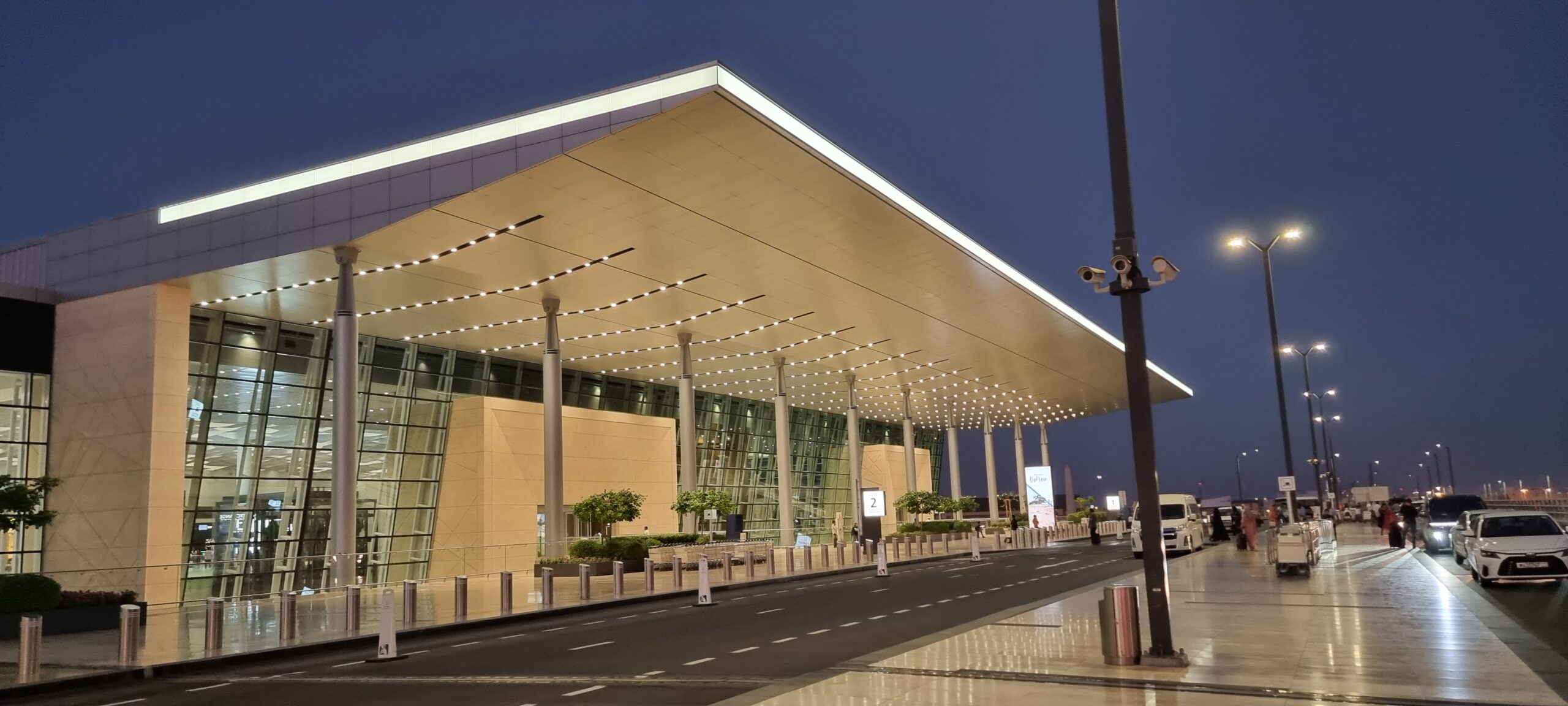














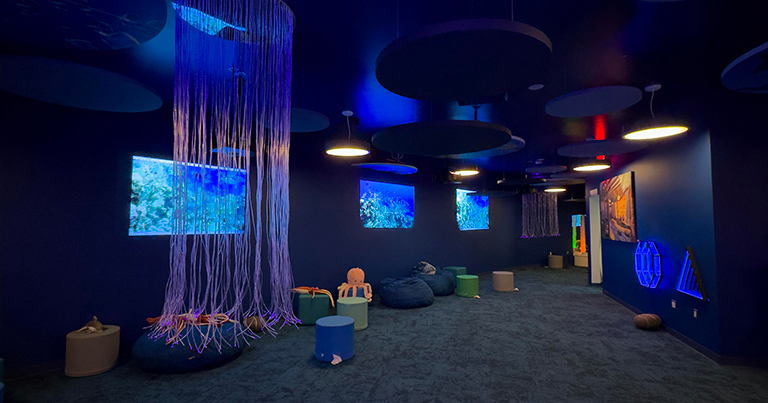


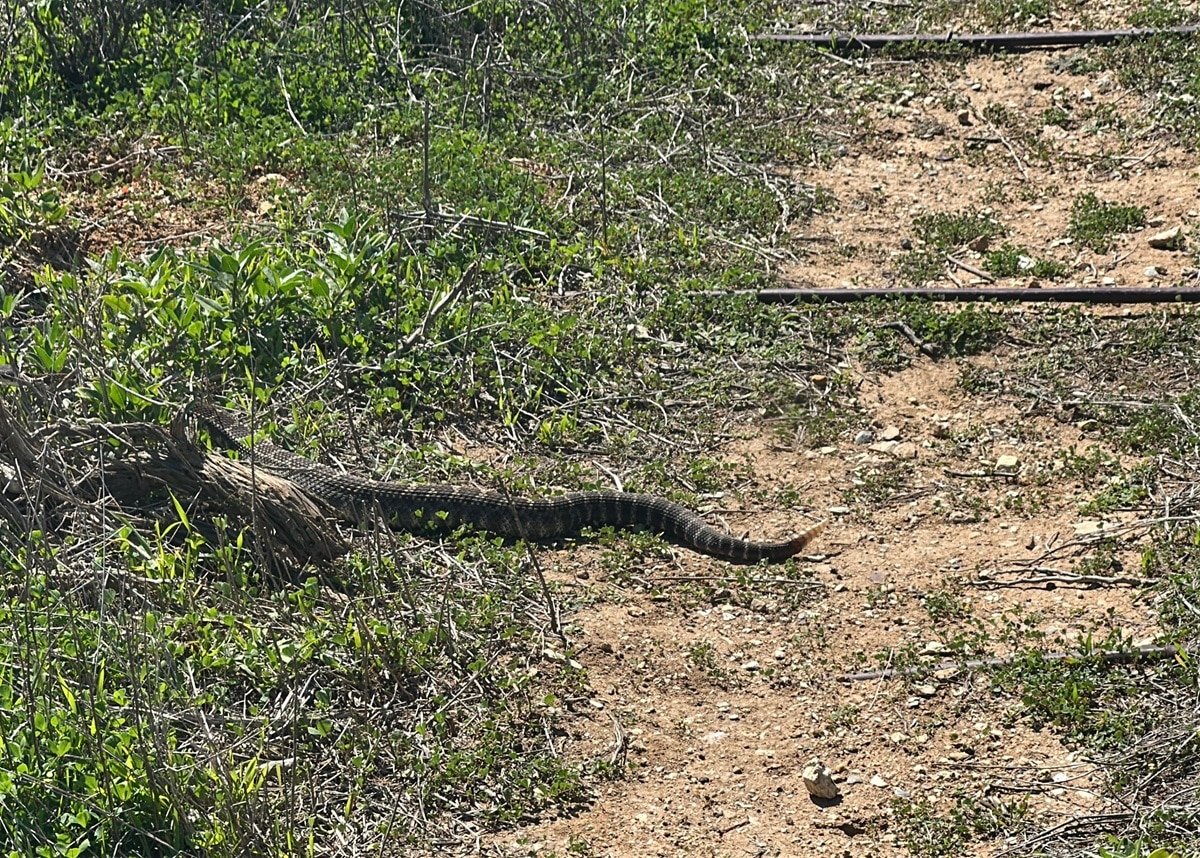
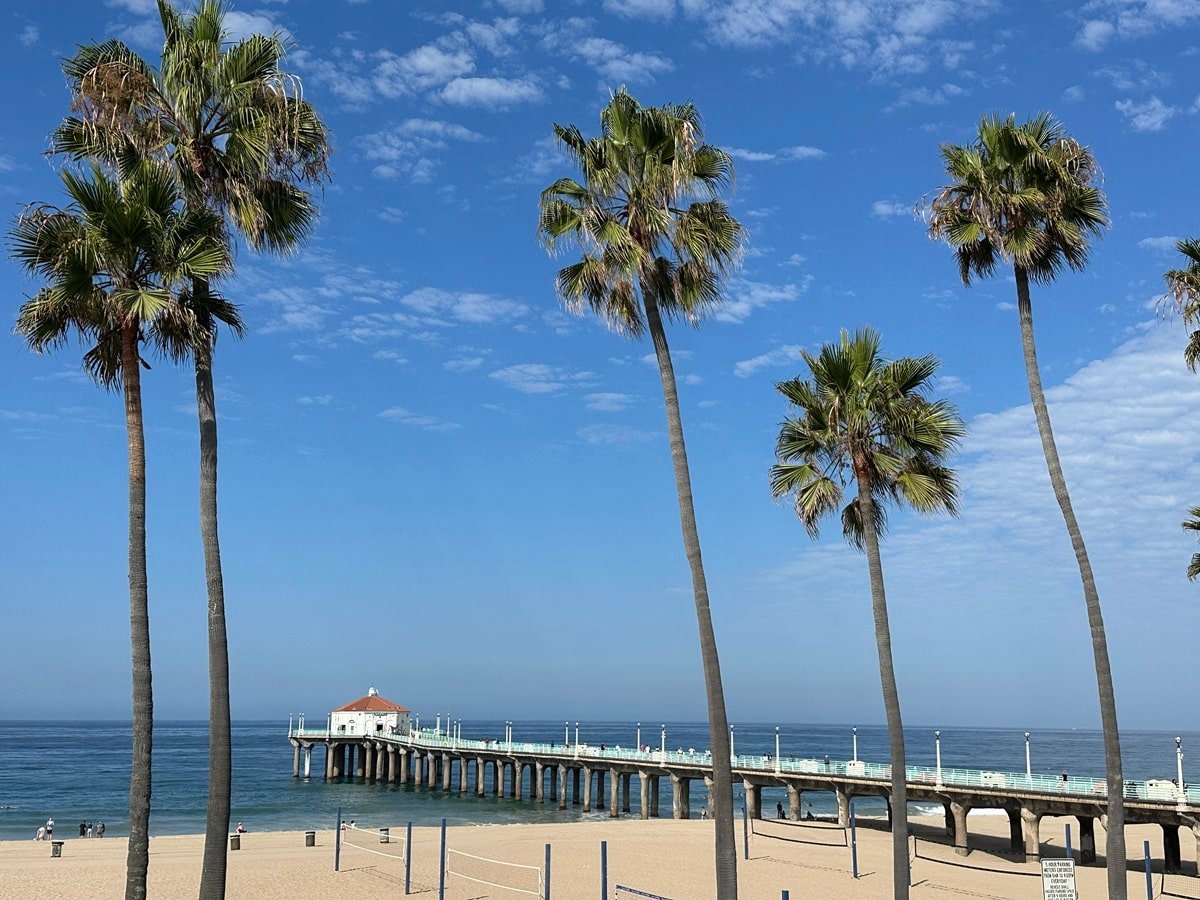








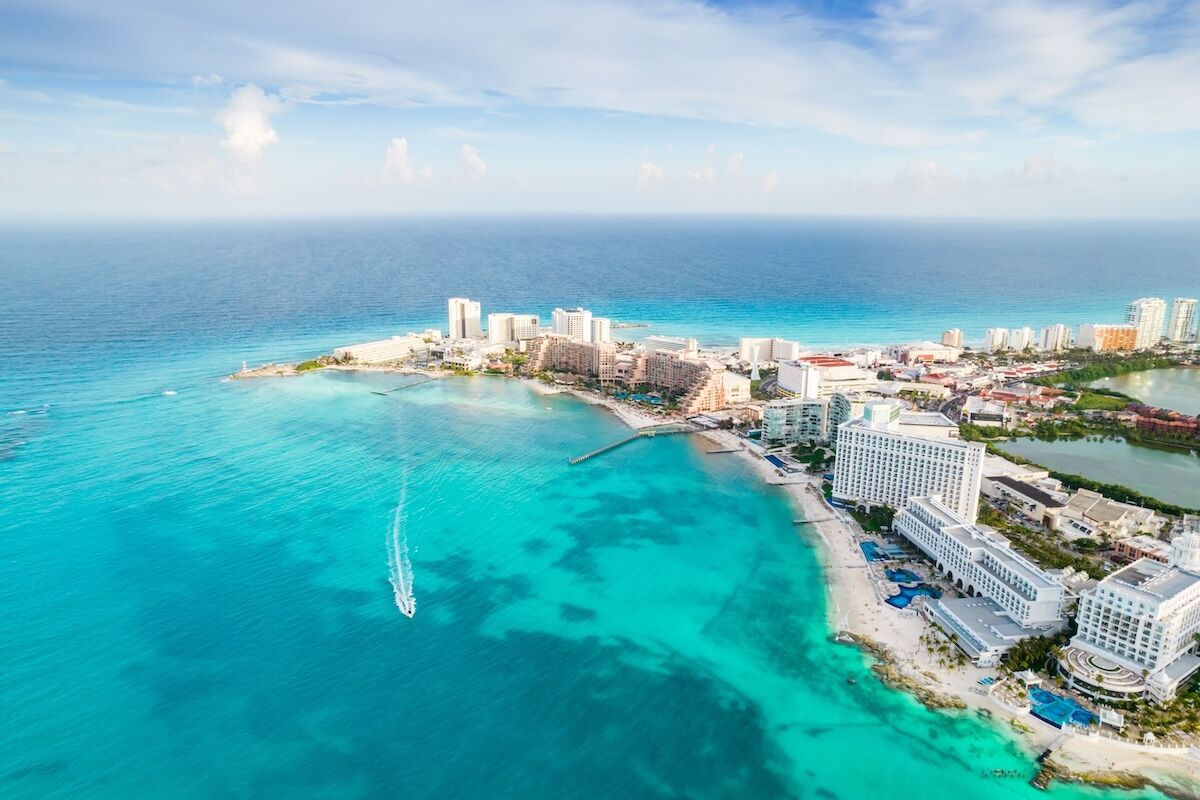




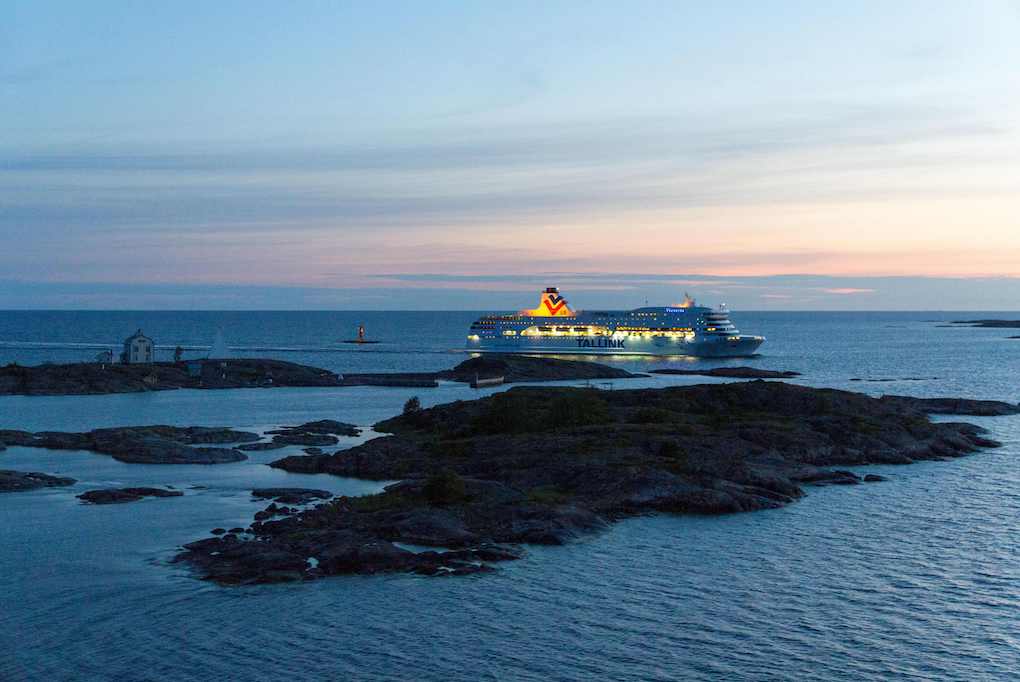





























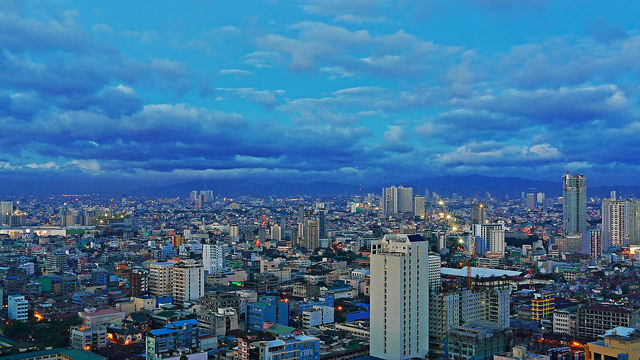



















![Naming Your Baby? That Choice Could Haunt Them On Every Airline Upgrade List [Roundup]](https://viewfromthewing.com/wp-content/uploads/2025/04/upgrade-list.webp?#)





































































































































































































































































